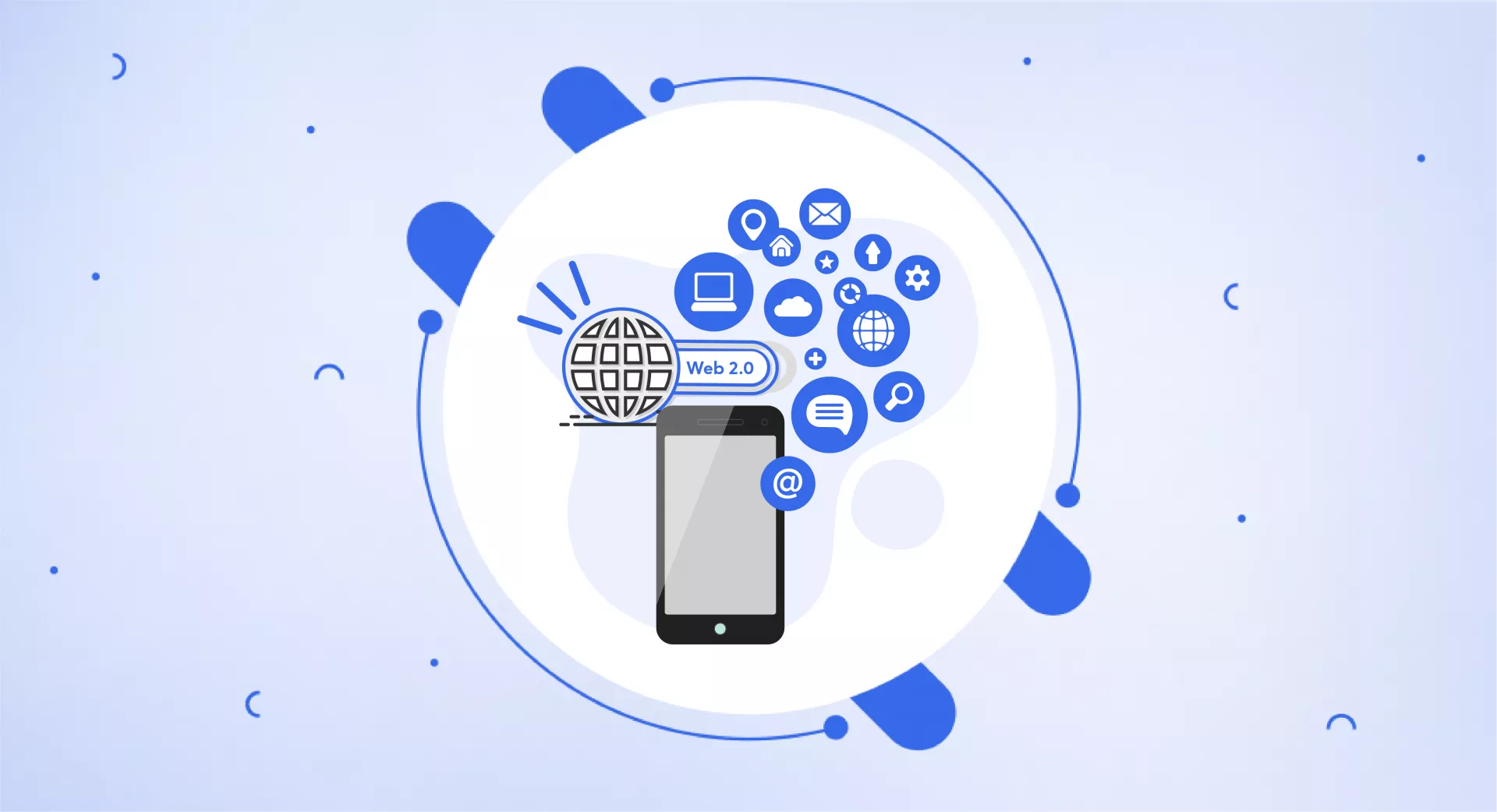What is Web 2.0?
Remember the early internet when websites were pretty basic? Static pages with information that you could only read, not interact with? That was called Web 1.0.
Web 2.0 changed all that. It transformed the internet into an interactive, community-driven place. A major shift that made the web much more engaging and collaborative.
The biggest difference with Web 2.0 is that it allows users to create and share content, not just view it. While Web 1.0 was like reading a book, Web 2.0 was like being part of an ongoing conversation.
Suddenly, regular people could express themselves online through blogs, videos, social media and more. Users could generate content for others to discover and engage with.
It went from the Internet being a library to being a lively community centre for connecting, collaborating and swapping ideas.
User-Friendly Technology
Another key part of Web 2.0 was making websites and apps work smoothly across different devices like phones, tablets and computers.
Developers focused on compatibility and user-friendliness. They made sure sites were easy to navigate and use, compared to Web 1.0 sites.
After all, amazing interactive features aren't useful if they're too confusing!
To understand Web 2.0, just look at websites like Facebook, YouTube, Twitter and Wikipedia. These are all built around user-generated content, sharing information and ongoing discussions.
They represent the collaborative spirit of Web 2.0 - where users create and consume content within vibrant online communities.
The Evolution Continues
Of course, Web 2.0 is an ongoing evolution, not the final form of the Internet. As technology improves, we'll eventually see Web 3.0, Web 4.0 and so on with new digital experiences.
But Web 2.0 deserves credit for transforming the internet from static files into an open, participatory and endlessly interactive space for connecting and creating together.


